The focus of this assignment has been the Mies van der Rohe pavilion in Barcelona. The goal is to create a new architectural element for the pavilion, using recursive growth.
The southwestern wall of the pavilion stretches along the open pool, along with a long bench. A new element was designed to replace this wall, offering a degree of shading over the bench.
Concept
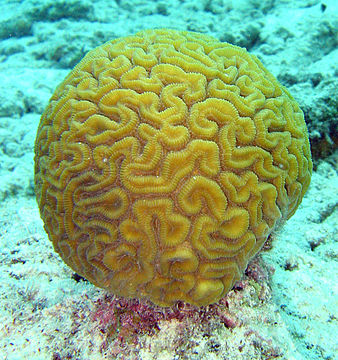
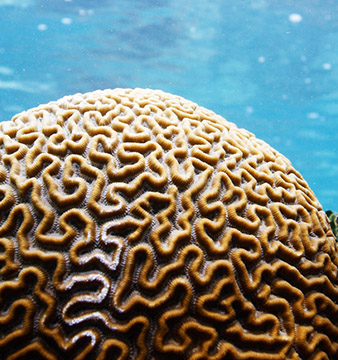
CREDIT: [1] wikiwand.com [2] unc.edu
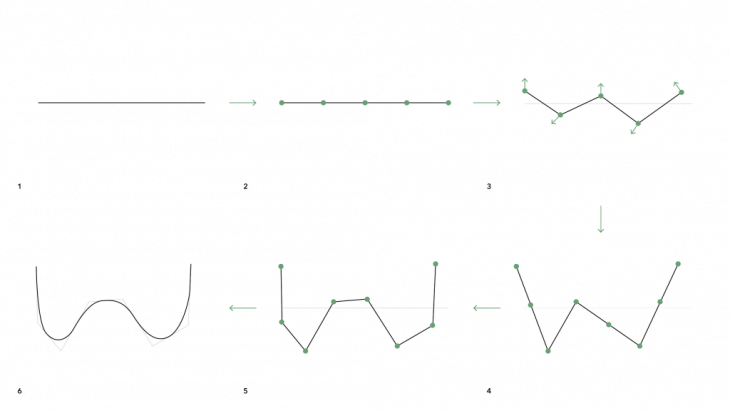
A system for manipulating a curve [1] was developed: a series of equidistant points are set on a curve [2] and are instructed to move away from one another [3]. When the distance between the points reaches a certain limit, new points are introduced [4], and finally, the curve is smoothed [2]. By changing the distance between the points, patterns of different densities can emerge. Additionally, by using an attractor point, we can make the pattern denser in a specific area.
Pseudo-code
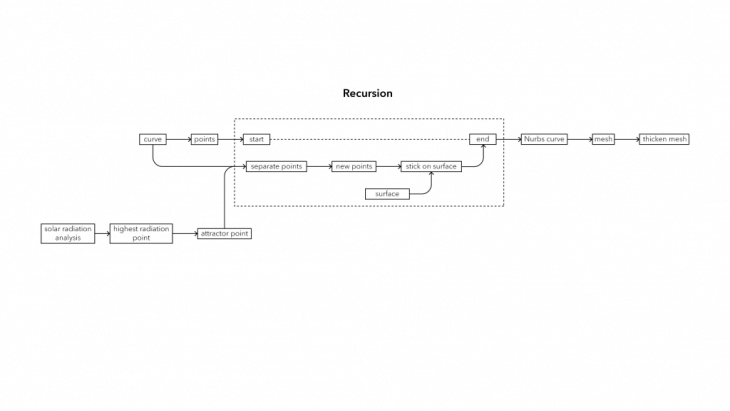
Tests
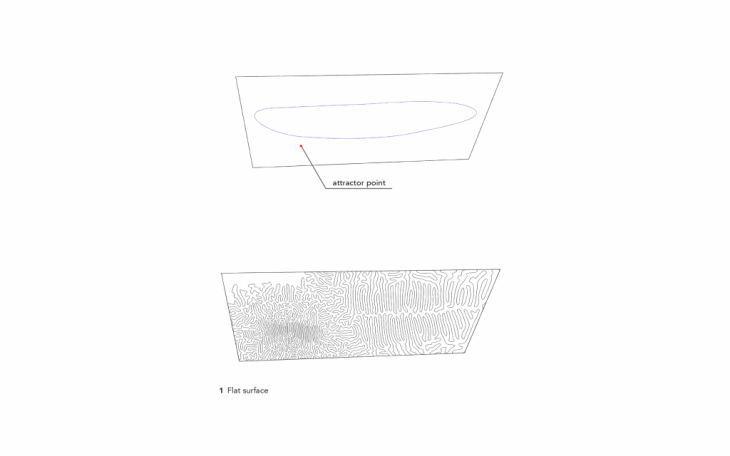
Test growth on a flat surface with an attractor point.
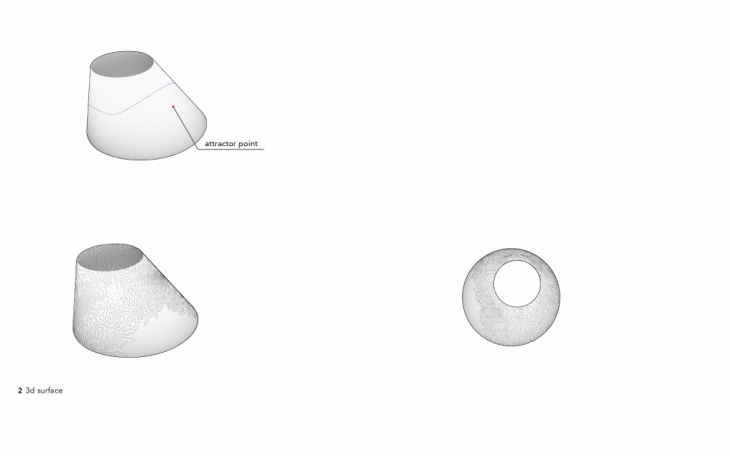
Test growth on a 3d surface with an attractor point.
Final recursion process
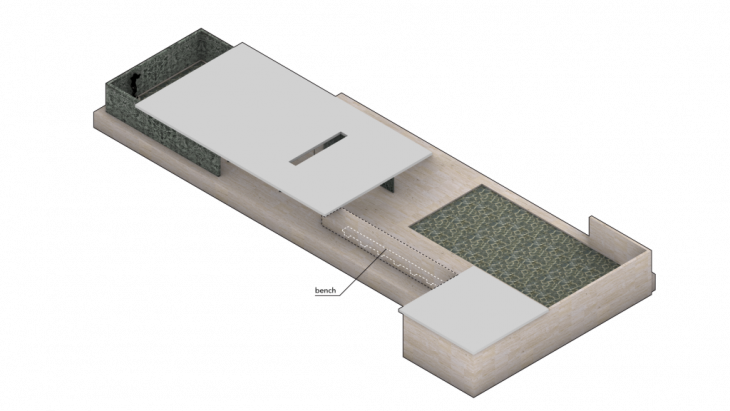
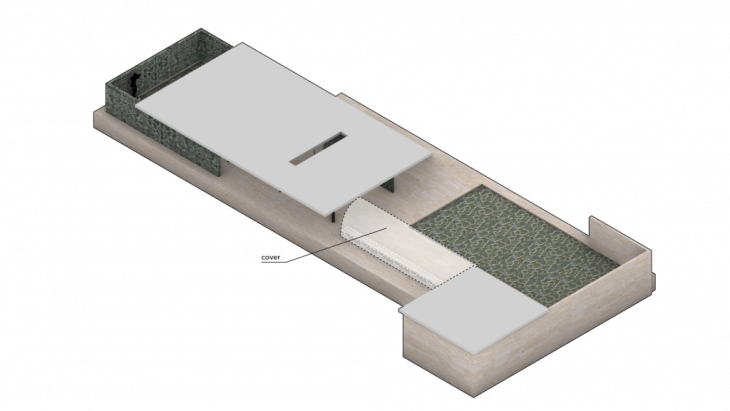
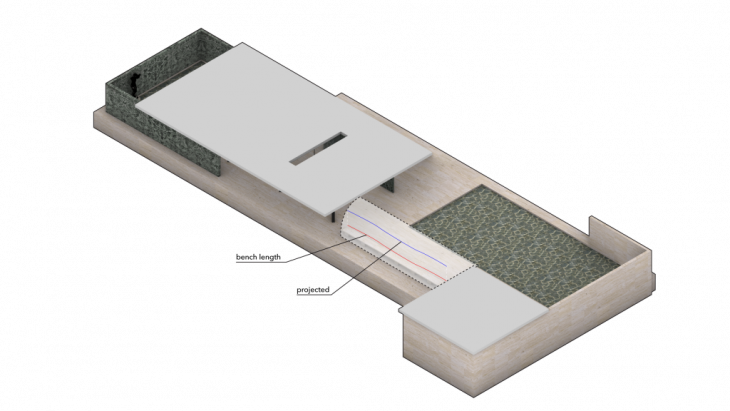
As a starting curve, a live running along the length of the bench was drawn manually and projected onto the new element.
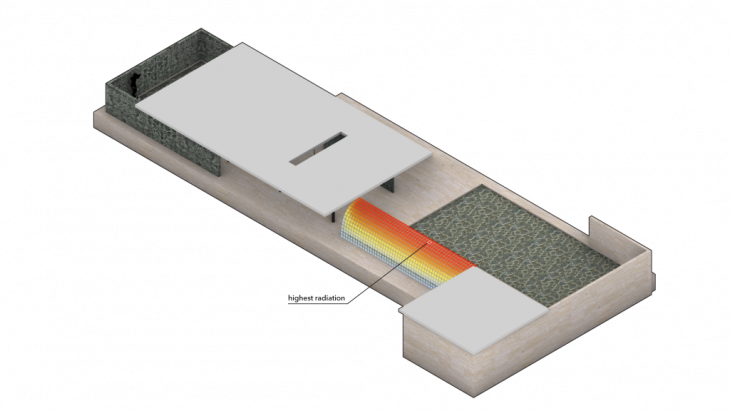
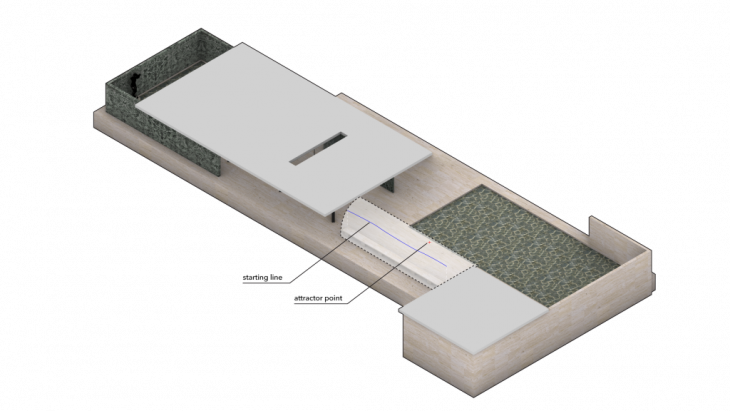
In the next step, a solar radiation analysis of the new element was performed. Through this analysis, the area that receives the highest amount of solar radiation was identified and a point on that area was set as the attractor point.
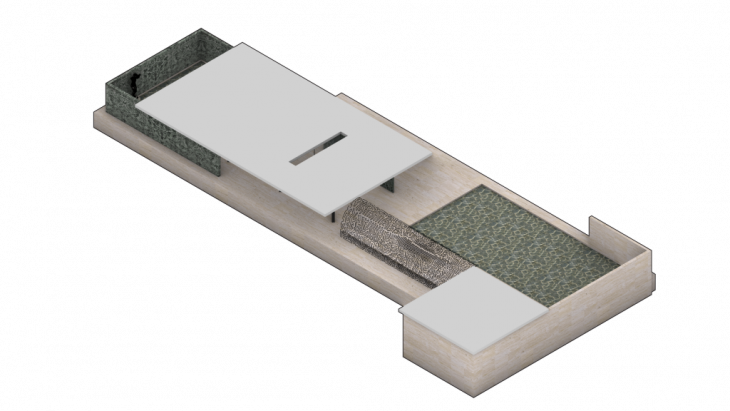
By using this point, the denser area of the pattern will develop at the point that receives the highest solar radiation, maximizing the shading effectiveness.
Grasshopper script

Render
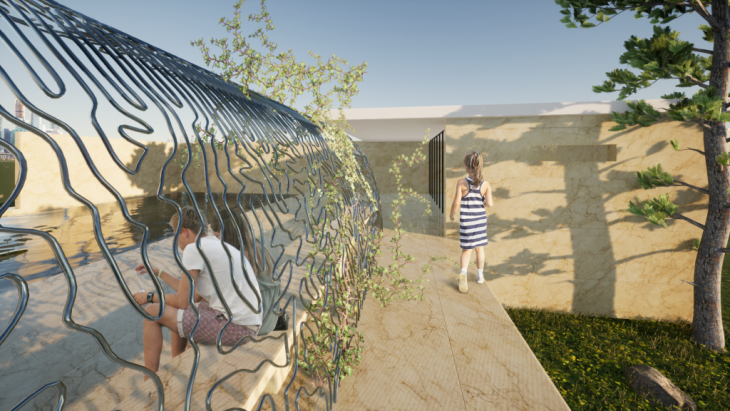
Video
Algorithmic Emergence // Meandering Shade is a project of IAAC, Institute for Advanced Architecture of Catalonia developed in the Masters of Advanced Architecture 2020/21 by Student: Christos Trompoukis Faculty: Rodrigo Aguirre Faculty assistant: Ashkan Foroughi Dehnavi
